Do you have a house with a wood burning fireplace that doesn’t provide any heat to your home? This might be an older open burning masonry fireplace or an inefficient, lower end zero clearance unit. What can be done to provide more heat to your family room? What is an “insert”? Would it help? Are they efficient and easy to use? Let’s discuss why a fireplace insert is a terrific way to update that old, inefficient outdated fireplace.
INSERT, FIREPLACE OR STOVE?
A couple of quick definitions to start with: a fireplace insert slides into an existing fireplace opening. A zero-clearance fireplace is designed to be built into a frame wall during a remodeling project or new home construction. And, a stove is a stand-alone unit that is on legs or a pedestal base, usually installed a 10” – 20” away from a wall.
A fireplace insert is basically a fireplace that has been designed to slide into, (or be inserted into) a ‘wood worthy’ fireplace. By ‘wood worthy’, we mean that a fire can be safely built in your old, existing fireplace.
The primary appeal of an insert is to make your non-effective, inefficient fireplace operational. It will quickly become the functional centerpiece of your home. Fireplace inserts provide lots of heat from the fuel that’s used. They are a very effective way to zone heat your home. Inserts provide that cozy ambiance and atmosphere that everyone enjoys.
PICK YOUR FUEL!
Fireplace inserts are made to burn wood, gas or pellets. Your first step is to decide what fuel you prefer. If you have quick and easy access to a wood supply and are equipped to cut, split and haul wood, a wood-burning insert will save you thousands of dollars in heating costs over the course of its life. A wood burning insert looks like a wood stove, without legs or a base, that is slid into the existing fireplace. Decorative panels will be installed around both sides and the top of the insert to hide the rest of the fireplace opening. Blower fans are usually an option and recommended.
If you like the idea of burning a renewable resource and want to minimize the time handling wood, consider a pellet insert. Pellet inserts normally protrude out on the hearth a bit because the extra space is necessary for fuel storage in a hopper or bin. Pellets come packaged much like water softener salt, in easy to handle 40 pound bags. You should be able to keep a full year’s supply of pellets if you have four to six feet of space in a corner. Pellets must be kept dry.
If you want convenience and the easiest operating insert, go with gas. Gas fireplace inserts are normally setup for natural gas, but are easily converted to LP. Gas inserts come with an on/off remote control or a multi-function remote that can operate in a thermostat mode and operate other features of the insert.
THE NUMBERS
Every fireplace insert is tested to specific standards and efficiency data is available on every model that is manufactured. Generally speaking, the efficiency of most wood burning inserts is in the range of the mid 70%.
Keep in mind there are a few different ways to measure and list efficiencies particularly with gas. Energuide, AFUE and steady state efficiencies are the most common.
An AFUE rating stands for Annual Fuel Utilization Efficiency. Energuide has become the official efficiency rating for gas fireplaces. Energuide represents the amount of heat made based on the amount of gas that is used. Equate it to the miles per gallon rating on your car over a long trip. The vehicle starts and stops in traffic and speed varies between city and highway driving.
Steady state efficiency is the amount of heat produced when the insert is operating. This number is usually a higher percentage rate than the AFUE rating. It’s a measurement of how efficiently the insert converts gas to heat once it’s warmed up and running steadily. This number can be compared to driving your car under optimum conditions. The mileage is better.
Inserts do not operate as efficiently as they start up and cool down and cycle on/off. Therefore, the more reliable and accurate number is normally the Energuide.
All that being said, efficiencies of gas inserts do not vary much from natural to LP. The Energuide numbers are usually in the mid 70’s on the lower end to the mid/upper 80’s on the higher end of the range, again depending on the model. Your WE LOVE FIRE dealer has the specs on all the inserts you’ll see in the shop.
The U. S. Environmental Protection Agency (EPA) requires specific emissions and efficiencies from manufacturers of wood burning appliances. The EPA uses “combustion” and “overall efficiencies” for wood burning appliances.
The “combustion” efficiency is a measure of how well the insert, stove or fireplace converts wood into useable heat. This calculation does not signify how much of this useable heat is actually transferred to your home. The “overall” efficiency does list a percentage of the heat that’s transferred to the heated space when a full load of fuel is burned. Again, think of it as city and highway driving combined vs. optimal highway driving at 60 mph on cruise control.
In actual practice, there are lots of variables that can affect this number, such as moisture content and species of the wood, chimney height, operating practices of the homeowner, installation details, etc.
Most wood burning appliances (including pellets) operate in the mid 70’s range in terms of “overall” efficiencies.
INSTALLATION CONSIDERATIONS
There are lots of considerations regarding the installation of an insert, regardless of the fuel. Clearance requirements to combustibles, the condition of the fireplace and chimney, size restrictions and code considerations are all critical to the safe installation of an insert.
Your WE LOVE FIRE dealer has lots of experience installing inserts. We’re glad to help you sort out the dozens of models and options that are available.
WHICH ONE’S RIGHT FOR YOU?
There really isn’t a right or wrong fuel to burn or insert to purchase. Decide on the fuel that make the most sense for you and your lifestyle. When deciding on an insert, select those options that appeal to the character of your home. It can be confusing. But we can help. Your WE LOVE FIRE expert wants this shopping experience to be fun!
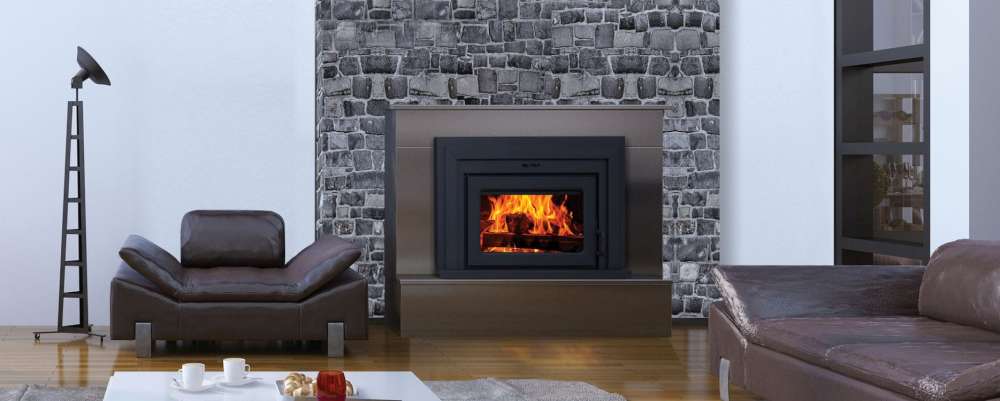
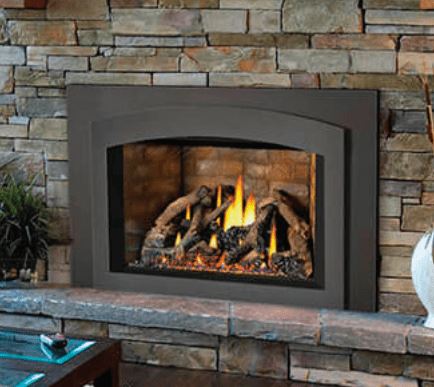
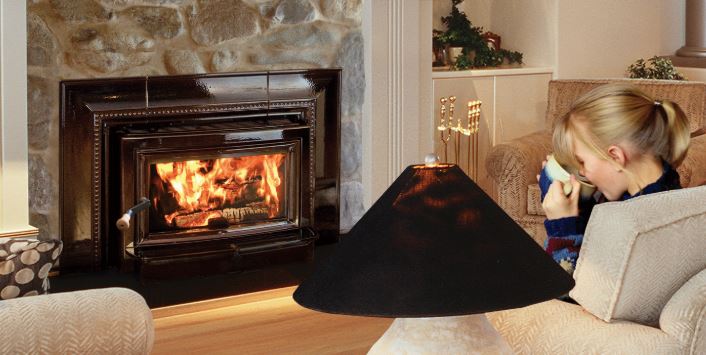

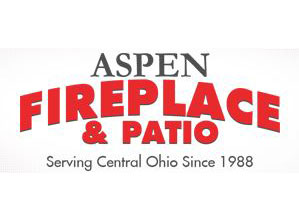
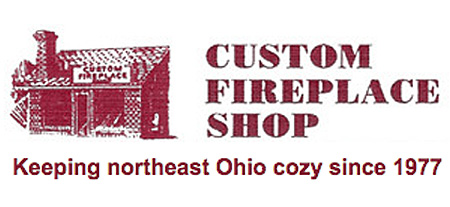
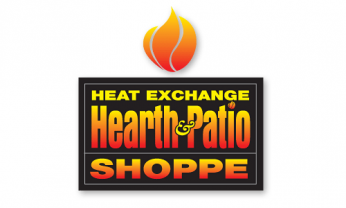


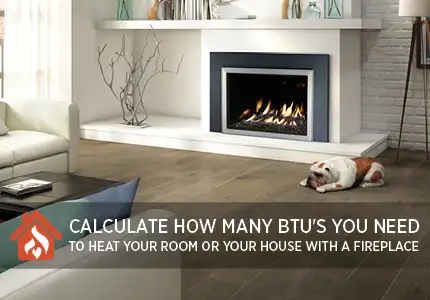

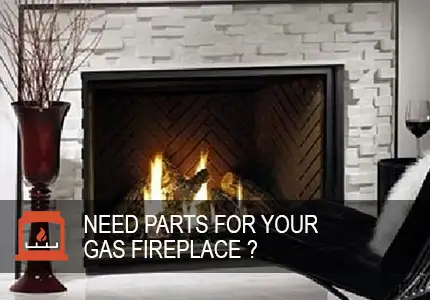
1 Response